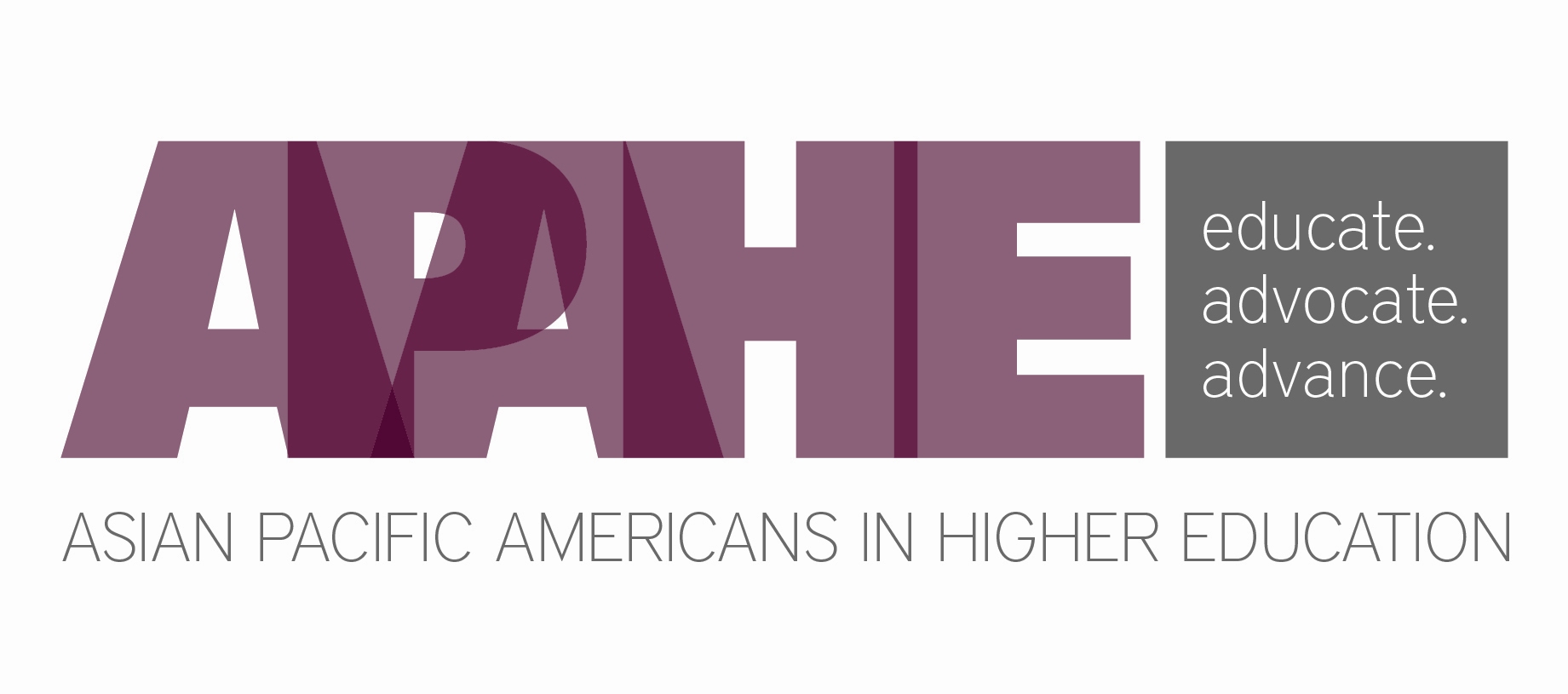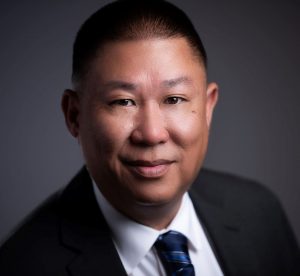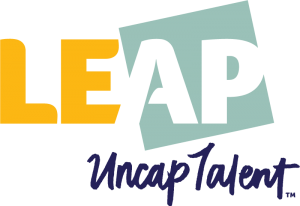The Coalition:
A Collective Response to the Racial Violence Amidst COVID19
The Coalition
The Coalition was birthed pre-COVID, in Los Angeles in 2019, out of the hearts of warriors, when three higher educational organizations decided to stand in solidarity in addressing conditions of inequity within the California Community College system. These organizations include the African American Male Education Network and Development (A2MEND), Asian Pacific Americans in Higher Education (APAHE), and California Community College Organizacion de Latinx Empowerment Guidance & Advocacy for Success (COLEGAS).
The purpose of this article is to state firmly the position of the Coalition on the continued racial attacks and violence our communities face amidst the COVID19 viral pandemic. We share this narrative as we end the Asian Pacific American Heritage Month of May, and as we transition into June to reflect and honor our enslaved ancestors on Juneteenth.
With this said, we open borrowing language from our neighbors across the ocean and from the lands of Hawaii.
i ka ‘lelo no ke ola, i ka ‘lelo n ka make.
in the language is life. in the language is death.
Words are powerful. They can move people into action to create, build and heal, or it can hurt, damage and destroy. Making that distinction literally will mean life or death for many.
During the era of COVID19, the viral pandemic has created a sense of hope in our humanity. We see and hear claims of care, connectedness and support, but it also has and continued to neglect, marginalize and disenfranchise people of our community.
Beware of words.
We Are All In This Together
Many of us, since the COVID19 viral pandemic have heard the term “we are all in this together.” Our environments have been peppered with soundbites and images in local and national news, social media, and our streets reminding us this sentiment of togetherness. If you believe in the term “we are all in this together,” we regrettably have relieved ourselves of the obligation and responsibility to defend and stand in solidarity with the people of this nation who often are disregarded, ignored and kept invisible.
Reflecting on the language we use is critical in determining our actions for liberation.
In March 2020, the Hill writes that “Trump’s use of the term Chinese virus, hurts Asian Americans” (Austa Somvichian-Clausen). Moreover, Somvichian-Clausen states that “Despite a sudden change in rhetoric…, the president’s past comments have been seen by some as fuel for xenophobia.”
We, the Coalition do not doubt the correlation of Trump’s words and the anti-Asian attacks that followed it. These attacks are experienced in the forms of micro-aggressions, bullying, harassment, hate speech, and physical violence. All forms of this violence inflict trauma.
In response to the growing attacks, Asian Pacific Policy and Planning Council (A3PCON), developed Stop AAPI Hate Reporting Center. In their March 25, 2020 report, they indicated 673 incidents of discrimination in which 67% were verbal harassments. Two month later, the May 2020 study, as reported by Betty Yu, KPIX5 San Francisco Bay Area, indicated that Stop AAPI Hate “collected 1,983 accounts of anti-Asian discrimination and attacks in the US. Nearly 40% come from California.” It is critical to note that many incidents remain unreported. Chinese for Affirmative Action, Cynthia Choi also states that “We think that as shelter-in-place orders are lifted, people start going back to work, when schools resume…that this [attacks] is likely to increase.”
COVID19 Virus Sees No Color
As indicated previously, language is critical in determining our actions for liberation and demand for freedom.
Since the viral pandemic, we have heard the term (or some variation) “COVID19 virus sees no color” permeate our space. While literally the virus sees no color, the social conditions that existed prior to COVID19 disproportionately impacts particular communities (Kendi, 2020). Racism, xenophobia, gendering and poverty existed prior to COVID19. It should not be a surprise then that the Central Disease Control (2020) reported that “current data [COVID19 infections] suggest a disproportionate burden of illness and death among racial and ethnic minority groups.” I argue that the data also shows high representation of our unsheltered neighbors (homeless), justice impacted (incarcerated) and poor urban people of color.
Standing In Solidarity Against Structural Racism
It is imperative to comprehend that anti-Asian attacks during the COVID19 viral pandemic are not isolated and separate from the injustice experienced by other racial and ethnic communities. To be in solidarity against these attacks requires grasping the historical socio-political construction of the United States. Colonialism and white supremacy serve as the framework of this nation’s structure of violent racism. The experience with colonialism and white supremacy might be different for racial communities, but mirror each other. While the intent is not to diminish our communities’ respective experiences with oppression and racism, I agree with the argument that the roots of structural racism in the United States is founded on anti-Blackness and anti- Indigeneity (D. Rodrigues & C. Wun, 2020). The american dream is established on the occupation of indigenous land, and enslavement of black people. These structures were and are influenced by the 1493 Doctrine of Discovery by the Catholic Church quest of the New World (E. Case & S. Eagle Heart, 2020).
Comprehending this structural framework allows us to understand why black and brown communities are disproportionately impacted by viral pandemic. COVID19 sees color. That the anti-Asian injustice we are witnessing is not separate from the murders of Ahmaud Arbery of Glynn County, Georgia, Breonna Taylor of Louisville, Kentucky, and George Floyd of Houston, Texas by police in Minneapolis, Minnesota. The inhumane experience and treatment of Latino and Mayan refugees at the southern border of this nation, is a result of xenophobia rooted from this country’s anti-foreign history. That the aggression and micro-invalidations experienced by migrant workers pre-COVID, then defined as “essential” workers during the Shelter In Place (SIP) should be questioned of its truth and intent. That the neglect of DACA Healthcare Workers as vital to this nation’s ability to combat the viral pandemic is real, alive and active.
As we continue to occupy indigenous land, it is critically significant to know how to co-exist and live responsibly with mutual respect. Let our roots find each other and collectively heal and grow together. Our healing is in our collective process of undoing and unlearning colonialism, white supremacy and dismantling the structures that propagate it. To be in solidarity requires that we cultivate our collective wisdom, healing into a cohesive action of resistance.
The Coalition’s Call to Action
Although injustice and inequity existed prior to COVID19, conditions for our communities are exacerbated which requires the attention and action of the Coalition, our institutions and the State more critically now than ever. How do we hold conversations as we engage in discussions of practice (curriculum and student service), policies (State and local), and praxis (critically informed action)? How do we hold a humanizing space to ensure the voice and realities of our disenfranchised students and professionals are considered, as the school and work landscape changes? Will racial equity be center and not be peripheral in our institutional discourse, decisions and distribution of resources?
To address these questions, it is insufficient to simply think of incorporating new tools, like Zoom, as our “new normal” when institutional praxis and pedagogy remain still. “New normal” is a COVID19 vernacular that too needs to be examined. In the era of post-COVID19, our priority must be in interrogating the cannon and dismantling structures that perpetuate injustice and inequity. It is a tall order, especially in the current state we are in. But the moment also presents an opportunity.
As we plan for the 2020 fall term and the future of the California Community College system, it is insufficient and irresponsible to use new tools to carryout yesterday’s work. In a post-COVID environment, it is imperative more so than ever, that our “institutions must acknowledge, reference and include the historical, systemic and institutional racism that currently exists on campuses” (Cole & Harper, 2017).
Ultimately, our institutions can no longer afford to be passive in addressing racism, but instead, the Coalition, is demanding for our collective action to fight Anti-Indigeneity, Anti-Blackness, Anti-Latinx and Anti-Asian attacks. Angela Davis reminds us that “in a racist society, it is not enough to be non-racist, we must be anti-racist.”
Isang Baksak! (One down, one fall!)
While we opened with it, we shall close with it.
i ka ‘lelo no ke ola, i ka ‘lelo n ka make.
in the language is life. in the language is death.
As we walk forward and move beyond the conditions of the COVID pandemic, we must interrogate language, meaning and our actions. The relationship between our language and actions define our humanity. Words are powerful and language matters!
To be in service for and to our people, our heart, minds and actions must be predicated by love. The Coalition calls on our comrades from our heart to be as one. Let our love for the people move us to co-create our collective healing. One breath!
References
Asian Pacific Policy and Planning Council. (2020). Stop AAPI Hate, March 2020 Report.
Case, E., Eagle-Hart, S. & Wun, C. Peoples Collective for Justice and Liberation, (2020, May)
Center for Disease Control and Prevention. (2020). COVID19 in Racial and Ethnic Minority Groups. Retrieved from https://www.cdc.gov/coronavirus/2019-ncov/need-extra-precautions/racial-ethnic-minorities.html
Cole, E. & Harper, S. (2017). Race and Rhetoric: An Analysis of College Presidents’ Statements on Campus Racial Incidents, Journal of Diversity in Higher Education.
Kendi, I. (2020, April 1). Why Don’t We Know Who the Coronavirus Victims Are?. The Atlantic.
Rodrigues, D. and Wun, C. AAPI Women Lead, Community Care Series, (2020, May)
Somvichian-Clausen, A. (2020, March 25). Trump’s use of the term ‘Chinese Virus’ for coronavirus hurts Asian Americans, says expert. The Hill.
Wing Sue, D. (Ed.). (2010). Microaggressions and Marginality: Manifestation, Dynamics, and Impact. Hoboken, NJ: John Wiley & Sons, Inc.
Yu, B. (Producer). (2020). KPIX5 News, Corona Virus: Rise in Discrimination. San Francisco, California.




